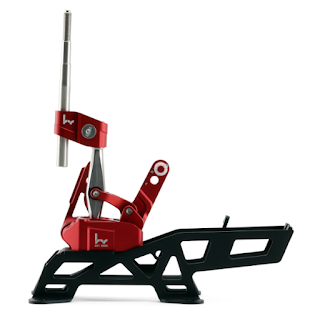How To: Change Your Manual Transmission Fluid (MTF)
Manual Transmission Fluid
If you have a manual transmission, this can be a big improvement to help the car shift more smoothly.
If you're coming from rear-wheel drive car ownership, you should know that the differential is inside of the transmission housing, so there's not a separate differential fluid to worry about.
Putting in new manual transmission fluid (MTF) can get rid of gear grind and pop out if it's caused by low or contaminated MTF. If you have this problem, it's really worth trying to refresh your transmission fluid before you decide to pull the engine and replace the synchros.
Note: If you purchase your supplies from my Amazon links, it will support this website at no extra cost to you. : ) Thank you.
Maintenance Interval:
- Every 30,000 miles or 2 years, whichever comes first.
- For cars pushed hard for long periods, every 15,000 miles or 1 year, whichever comes first.
Tools Needed:
Note: The fluid I suggest isn't available at a local parts store 99% of the time. Amsoil is a well-respected fluid engineering company that makes fluid for racecars and street cars alike. They have higher quality fluid than you can find in the usual stores. It's worth making an account and ordering some from them to protect your transmission, because a high percentage of RSX's will experience early failure and require replacement of the synchros and gears due to a weak OEM design. This is the only stuff I'll put in my transmission, and I recommend you do too, though OEM Honda / Acura MTF is probably fine as well.
1. Before you start, make sure the car is on a flat surface before you start work on it.
2. Jack the car up and lower the pinch-welds onto the jackstands at a height that you can slide under it from the side. Make sure you're looking at the transmission, not the oil pan. Mistakes happen sometimes.
3. Next, put on some gloves and slide your drain pan under the transmission drain bolt. The transmission drain and fill bolts are on the driver's side of the car, near the lower control arm kind of tucked away. Just follow the axle back to the CV boot at the transmission and you'll find it, as pictured below.
4. Remove the fill bolt with a 17mm socket, and then remove the drain bolt with a 3/8" ratchet with an extension on it. By removing the fill bolt first, the transmission fluid will drain more quickly.
 |
| Manual Transmission Fill and Drain Bolts |
 |
| Drain Bolt (D), Fill Bolt (A) |
5. When the fluid is done draining into the drain pan, remove the old drain bolt crush washer and put on a new one before you put the drain bolt back on. Torque to 29 lbf-ft. Close your drain pan and move it out of the way.
6. Jack the car up and remove the jackstands, then lower the car back down. When it's back on the ground, use the long neck funnel in the fill hole to put in the new transmission fluid.
The car will take 1.5 liters (50.7 fluid ounces) of manual transmission fluid when empty. The transmission will be full when transmission fluid is level with the bottom of the fill hole. It may just start to spill out. You can feel where the level is with your pinky finger in the hole.
 |
| C - Correct Fluid Level |
7. Remove the old crush washer and put the fill bolt on with a new M14 aluminum crush washer, and tighten it to 33lbf-ft. You're all done! Go on a drive and verify functionality. It should shift more easily than it did before if your fluid was really old.
Disclaimer:
I may receive payment if you purchase products using my Amazon links. Thanks for helping keep the HID's on : )



